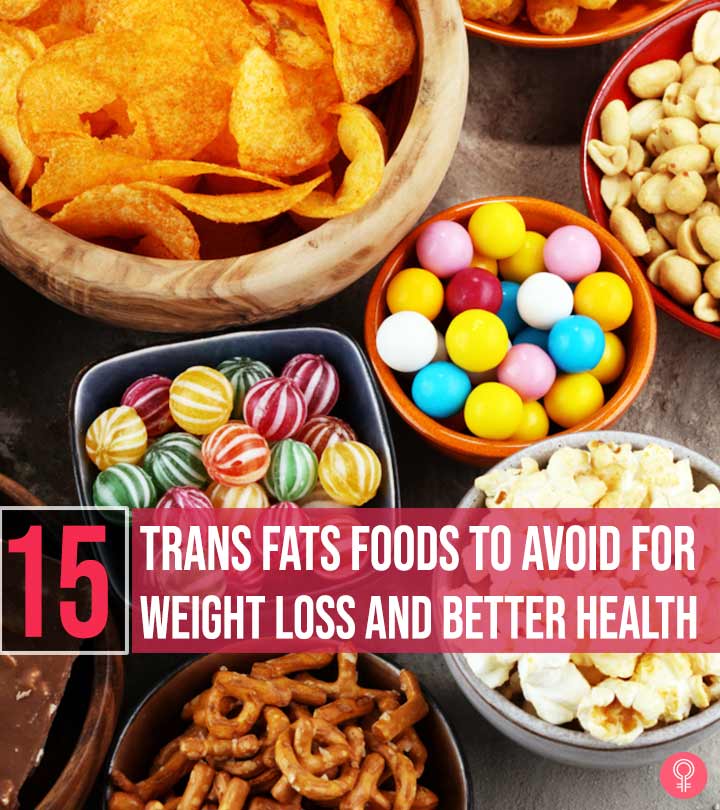
A prediabetes diet plan is recommended for people with high blood sugar levels that may progress to diabetes. Prediabetes is a warning bell. It is a condition where the blood sugar levels are higher than normal but not high enough to be labeled as diabetes yet (1). It is estimated by the Centers for Disease Control and Prevention (CDC) that by 2030,about 84 million Americans and 470 million people in the world may have prediabetes (2), (3). It’s time to devise a nutritional and lifestyle strategy to curb disease progression and potentially reverse prediabetes.
You can go on a prediabetes diet, a holistic approach encompassing a balanced diet and a healthy lifestyle. It helps reduce the risk of type 2 diabetes and other health issues (4). In this post, nutritionists specializing in diabetes treatment recommend some foods to eat and avoid, a prediabetes menu plan, and lifestyle changes needed to reverse prediabetes. Scroll down!
In This Article
What Is Prediabetes? What Causes It?
Shutterstock
Prediabetes is a condition in which the blood glucose levels are higher than normal (fasting plasma glucose at 7.0) but not high enough to be diagnosed as diabetes. Diana Gariglio-Clelland (RD, Certified Diabetes Care & Education Specialist) says, “Having prediabetes is a major risk factor for developing type 2 diabetes. Up to 70% of people with prediabetes are estimated to get diabetes in their lifetime, according to an expert panel from the American Diabetes Association.” (5)
What causes prediabetes? Jill Weisenberger (MS, RDN, CDCES, CHWC, FAND, and Author of Prediabetes: A Complete Guide) explains, “Prediabetes is a sign of a greater metabolic problem involving insulin resistance, loss of insulin production, or both.” Insulin is a hormone produced by the pancreas that helps lower blood sugar levels.
Mary Wirtz (MS, RDN, CSSD) breaks down the main contributors of prediabetes (6):
- Family history and genetics
- Diet and lifestyle factors (such as physical inactivity, stress, insomnia, drinking too much, and smoking)
- Overweight and obesity as well as undernutrition in case of type 1 diabetes
- Insulin resistance and early beta-cell failure to produce insulin
Did You Know?
According to the CDC, 38% of the US adult population (18 years or older) and 48.8% of people aged 65 years or older have prediabetes (7).
Note: Not everyone diagnosed with prediabetes will become diabetic, provided they work towards healing themselves.
Given that there are so many factors that contribute to developing prediabetes, who is at more risk of developing it? Find out in the following section.
Who Is At More Risk Of Prediabetes?
The CDC mentions a list of people who are more likely to develop prediabetes (2). You may develop prediabetes if:
- You are overweight or obese.
- Have an increased waist size (>40” for men and >35” for women).
- Have a strong family history of diabetes.
- Are over 45 years of age.
- Consume a very processed diet.
- Are physically inactive.
- Smoke regularly.
- Have PCOSi XA common disorder that affects the functioning of a woman’s ovaries, caused by an excess production of male hormones. .
- Have gestational diabetes (diabetes during pregnancy).
- Are African-American, Hispanic/Latino-American, American-Indian, Pacific Islander, or Asian-American.
Before you jump to conclusions, you must know the tell-tale signs of prediabetes and how to confirm it. In the following section, you will learn about the symptoms and diagnosis of prediabetes. Scroll down.
















